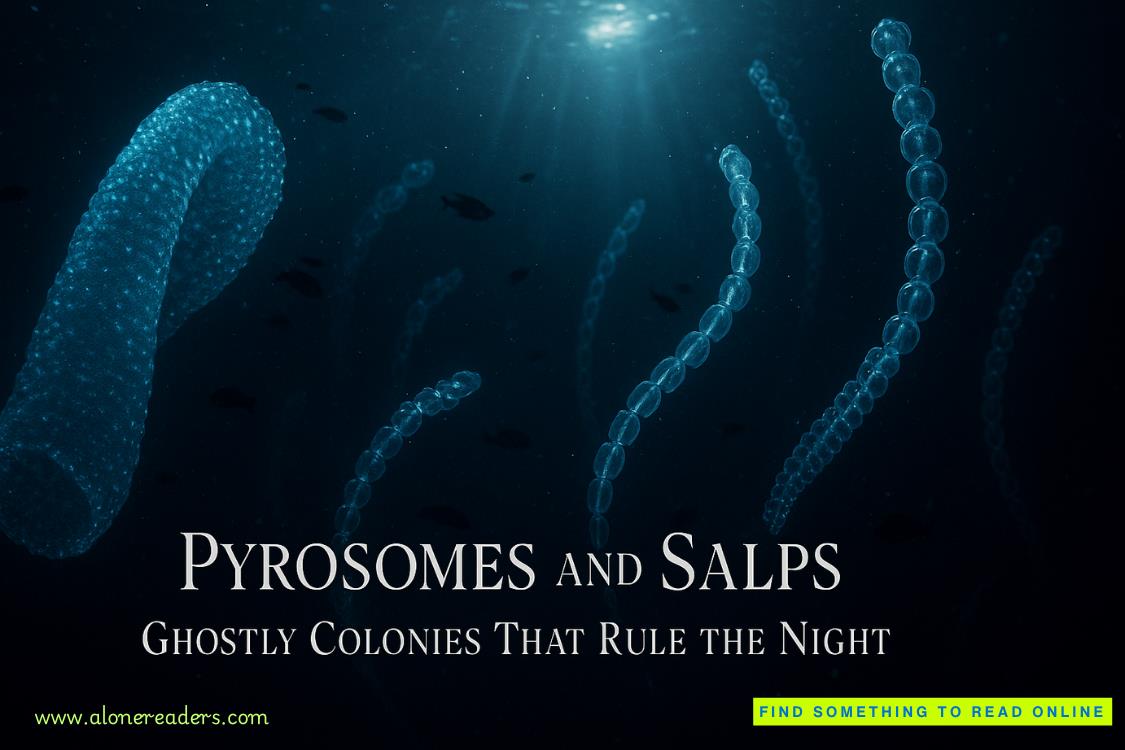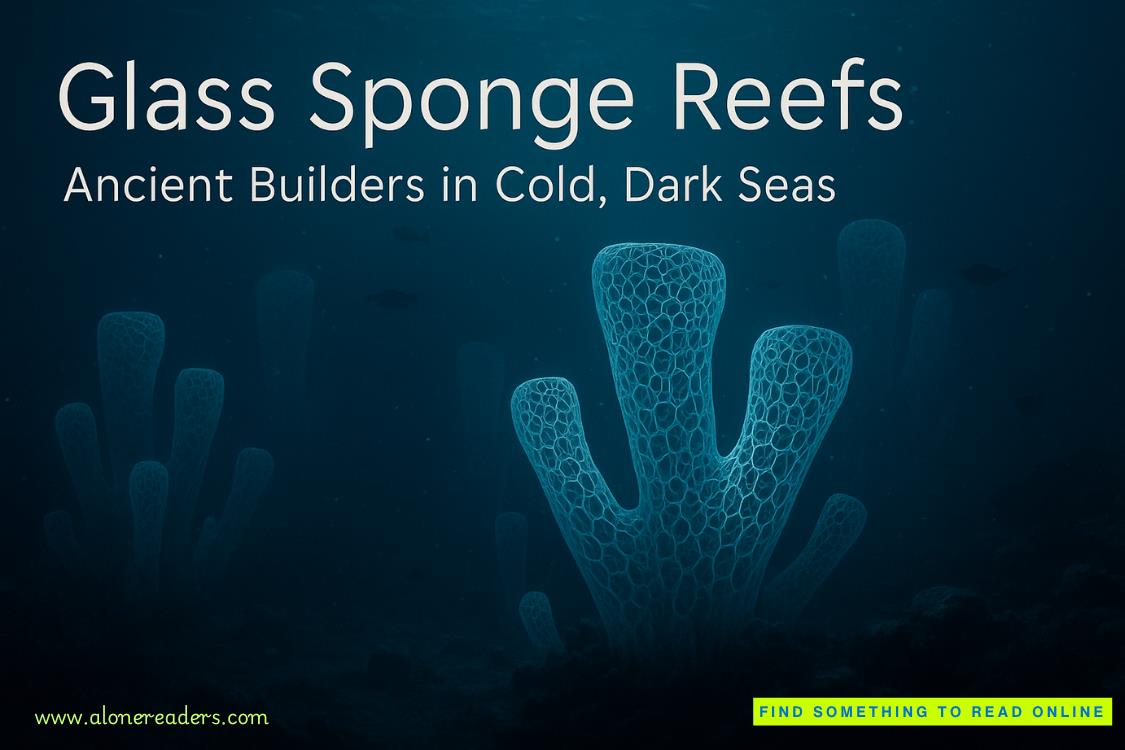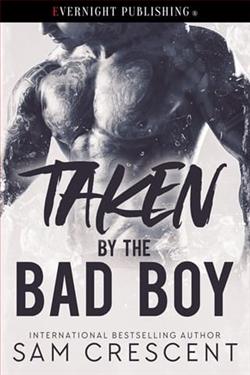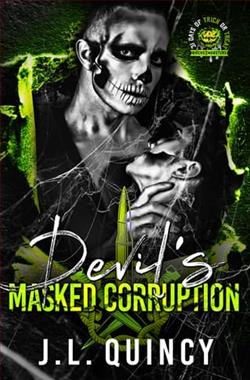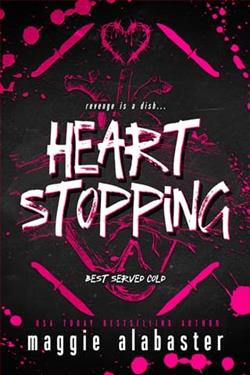Page 45 of Wild Scottish Beauty
“We order our raw yarn from various local spinners, who transform raw fleece into the perfect fibers for our kilts. We ship the yarn directly to our dyers who carry almost one hundred different colors. That way we can match shades quickly and move forward with orders. That being said … traditionally, tartans only came in black, white, red, green, and yellow as those were the colors of natural dyes. These days you have more options with synthetic dyes, obviously.”
“And you’ll use synthetic dyes?”
“I try to urge people to go natural with their color choices, but it’s no longer a sticking point for me. So long as the yarn and the fabric are created with a careful eye to our history, I’m happy enough.”
“A lot of the dyes are made nicely these days too.”
“They are, and we do our best to find eco-minded ones. So, the yarn gets dyed, spooled onto bobbins, then onto cones, then onto pirns. Basically, smaller and smaller spools. The weaver will pull the yarns off the cones in sequence of the tartan’s sett. Maybe it’s sixteen green threads, then four yellow, then thirty green, then eight black and so on until the pattern is complete. Threads will always be in even number groupings.”
“I may need a visual on this.”
“I figured.” Ramsay picked up a book and flipped it open, paging through until he found a photo of a shuttle loom. I was vaguely familiar with it, but now tried to place names to parts as he pointed out the shuttle, the pirns, and the cones.
“Once one sett is done, the weaver will start the sequence again, repeating the pattern, until the full width of the fabric is reached.”
“Which is?”
“Twelve hundred threads for a heavyweight wool.”
“Wow.”
“Once the warp length is set, they move it to the loom, and we always keep a part of the last weave on the loom. We’ll knot the new yarns to the old, pull it through the heddle”—Ramsay pointed to a gate of thin vertical wires—“and guide the new weave through.”
“This is incredible,” I said, beginning to understand the extent of effort that went into creating a tartan.
“The weaver sits at the front and will guide the new yarns through to tie on to the thread from its last weave. Then begins the actual weaving, and you’ll see here the back-and-forth motion of the shuttle gives that nice clean selvedge.”
Again with the back and forth.
“The weavers watch the loom, looking to catch any breakages, so as to fix any errors prior to completion. Once finished, it’s off to greasy darning.”
“Greasy?” I laughed at that.
“The fabric hasn’t yet been cleaned and inspected. Our darners will examine the fabric both by sight and against the flat of their hands, looking for any breakages. From there, the fabric goes off to finishers. Unless you want a hard tartan, of course.”
“A hard tartan?” I swallowed, my mind completely in the gutter. Ramsay’s head dipped close to mine as he flipped through the pages of his book. He smelled likesoap and leather, a clean masculine scent, and I wanted to run my hands through his hair.
“Aye, lass.” Ramsay glanced up at me, his face close, and I could see the fire reflected in his eyes. “It’s a term for what the fabric feels like before it’s finished. A touch harsh, a bit uneven. True historians, the ones who like to do the reenactments, request it in that manner because they feel it’s closer to how the fabric once felt in the olden days.”
Ramsay handed me a square of fabric, a dark green tartan with red and yellow threads, and I ran my fingers over it.
“Okay, I see. It is rough, isn’t it? A bit like burlap, maybe?”
“Aye. We’ll clean it, removing any dust and grit it’s picked up. Once we wash it, just in water, the fabric softens. We’ll then press it and hang it on tenterhooks to dry.”
“Isn’t that a saying?”
“Aye, lass. That’s where it comes from. To be on tenterhooks. Look.” Ramsay flipped through his book until he found a picture of a stretch of tartan hung on a long row of narrow hooks. “After that, it’s back once more to the darners for what we call a clean darning and then it’s ready for me.”
I could be ready for you.
Well now, where was my mind going? All I needed was a fire, a man with a sexy accent talking about my favorite thing, clothes, and I was ready to lift up my skirt and show him what I was about. While the thought had appeal, I mean,a lotof appeal, I also needed to stay focused on my job. This was my boss. My boss. Big bossman. Brother’s best friend. Strict “No Touching” rule ineffect.
Though it would piss Miles off, so that might be an added bonus.
“For you?” I cleared my throat and leaned back to take a sip of my tea, putting some distance between Ramsay and me before I did something stupid like asking him if he liked sequins on his bedroom floor.
“Aye. Then it’s my time to shine. We hand stitch each kilt, measuring each pleat by hand, and deliver a final, custom-fit, tailored garment to their new owner.”




